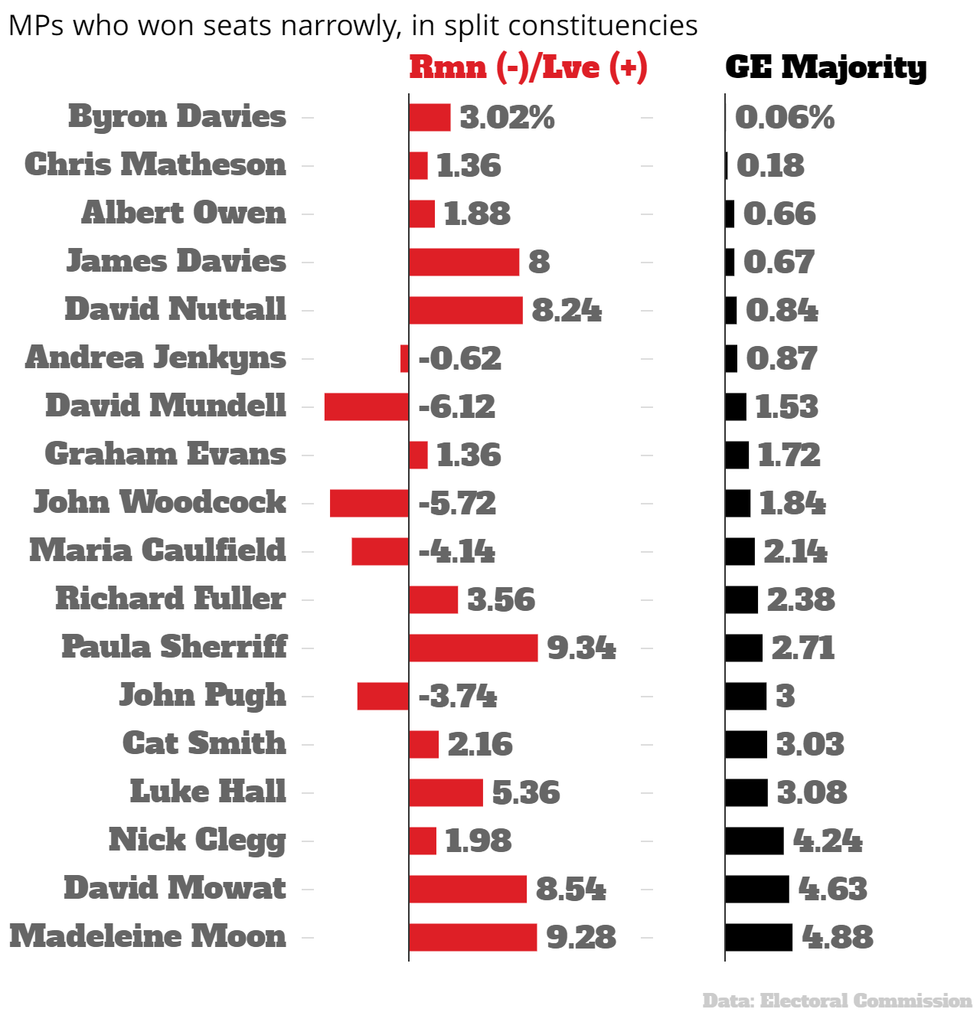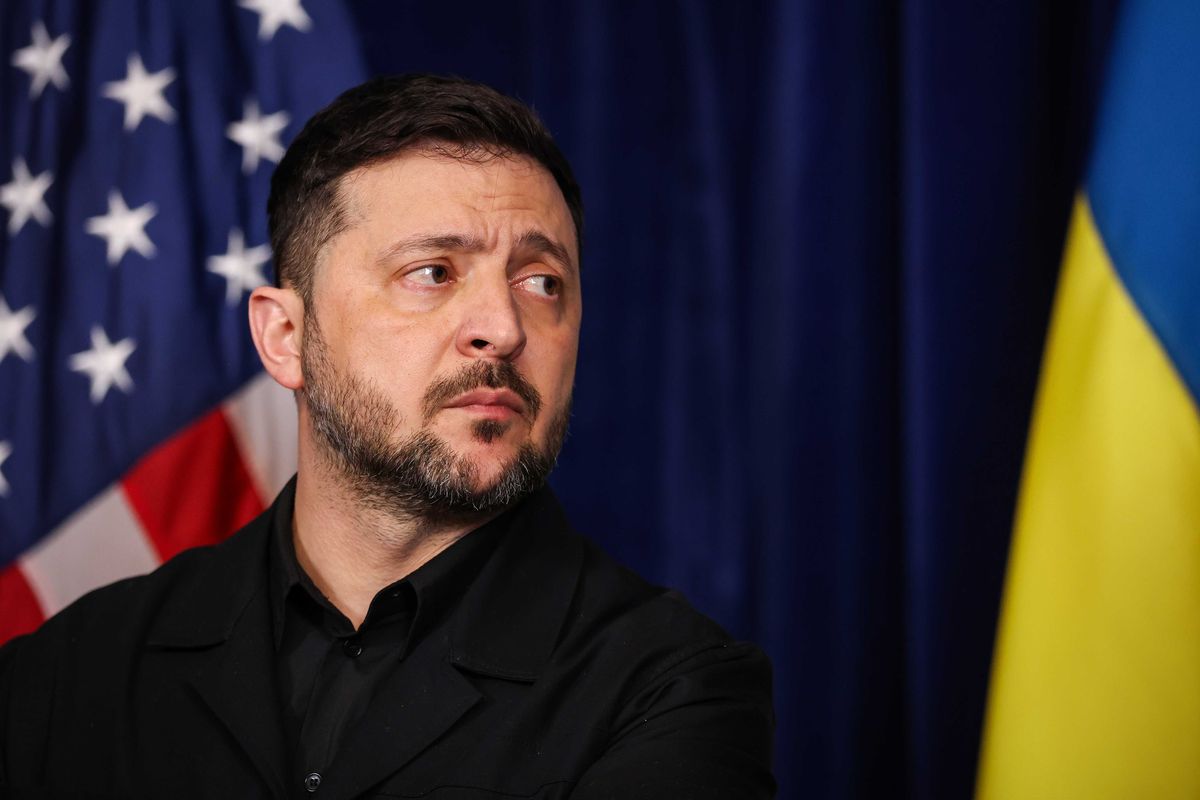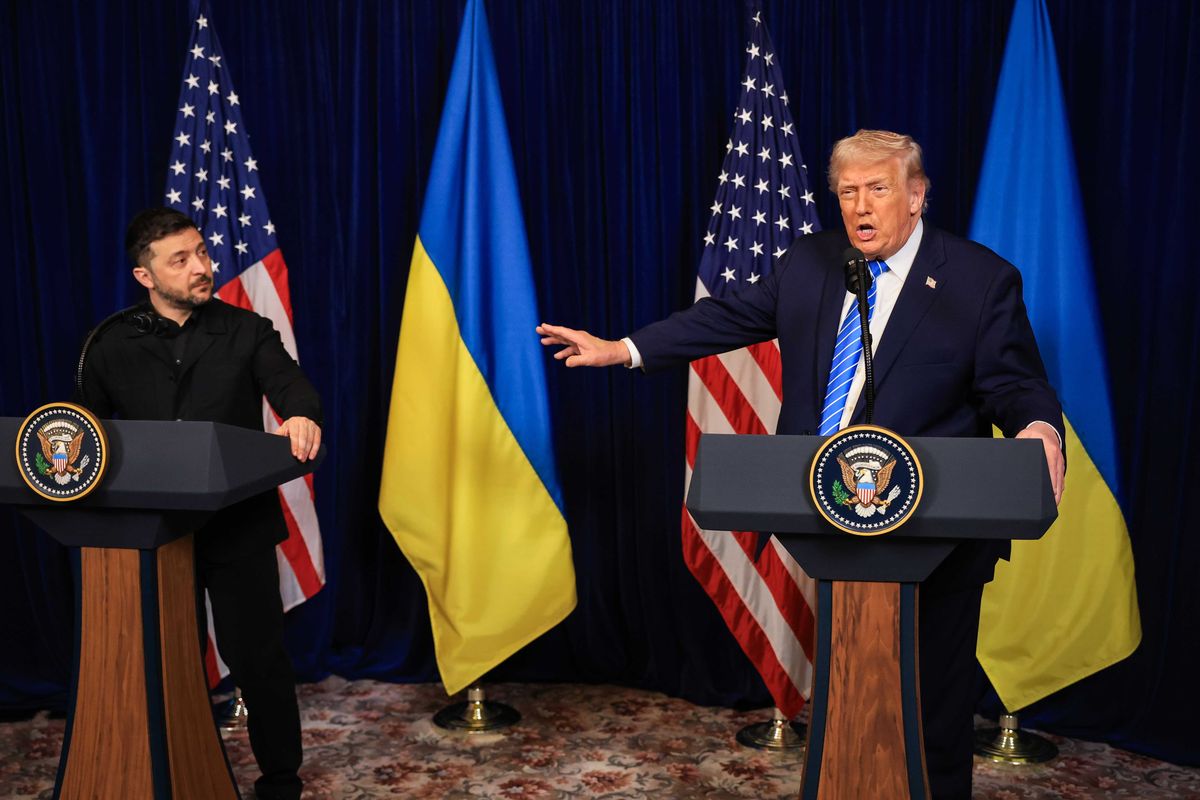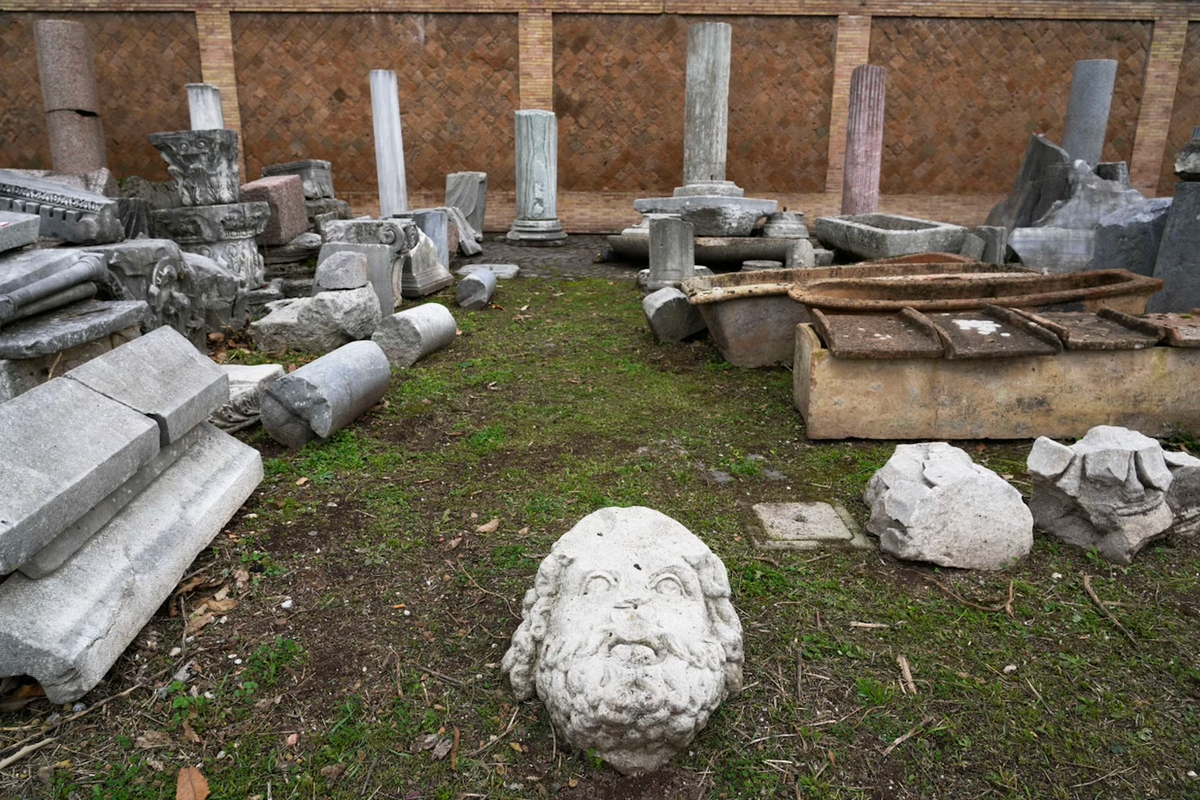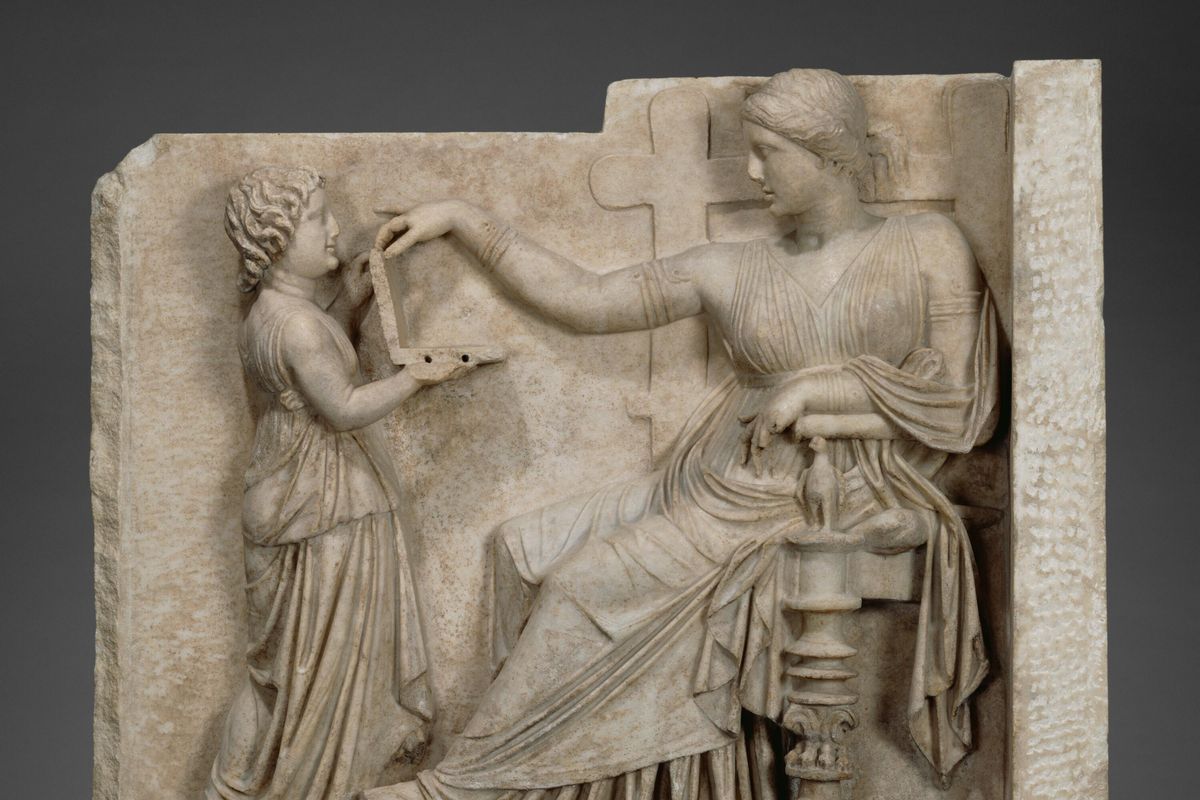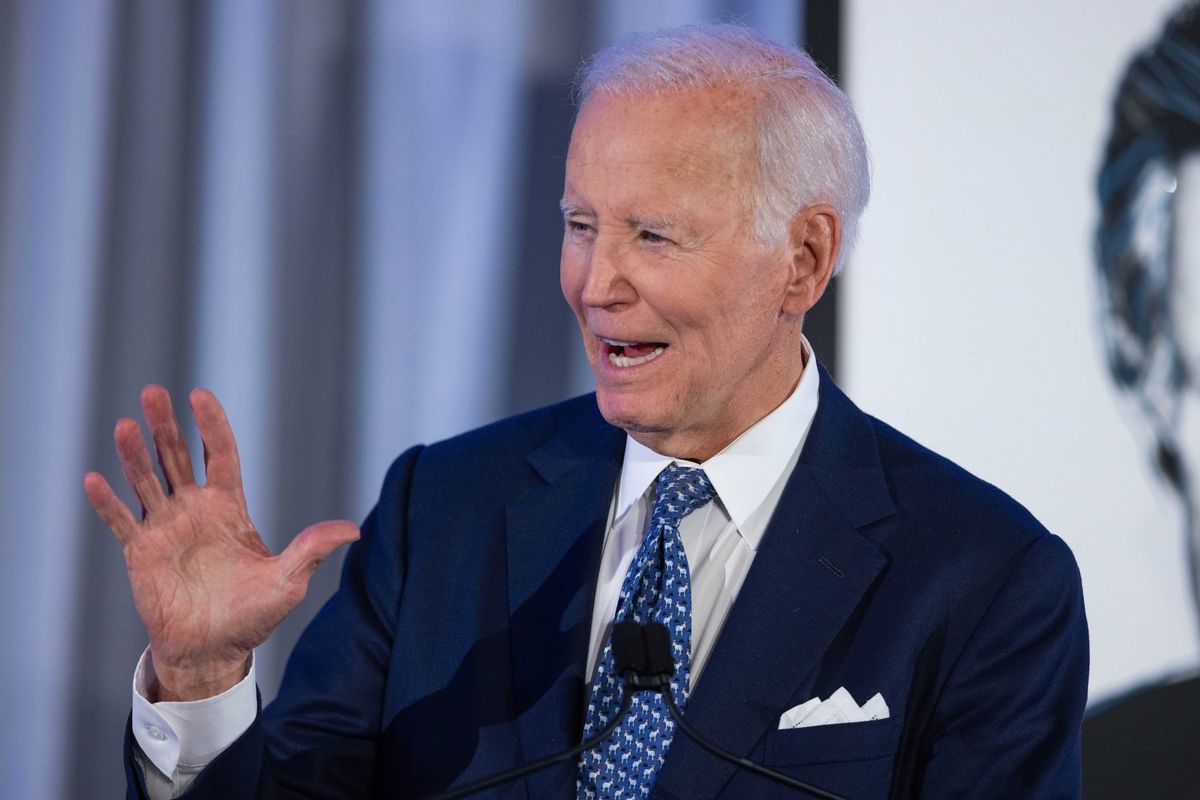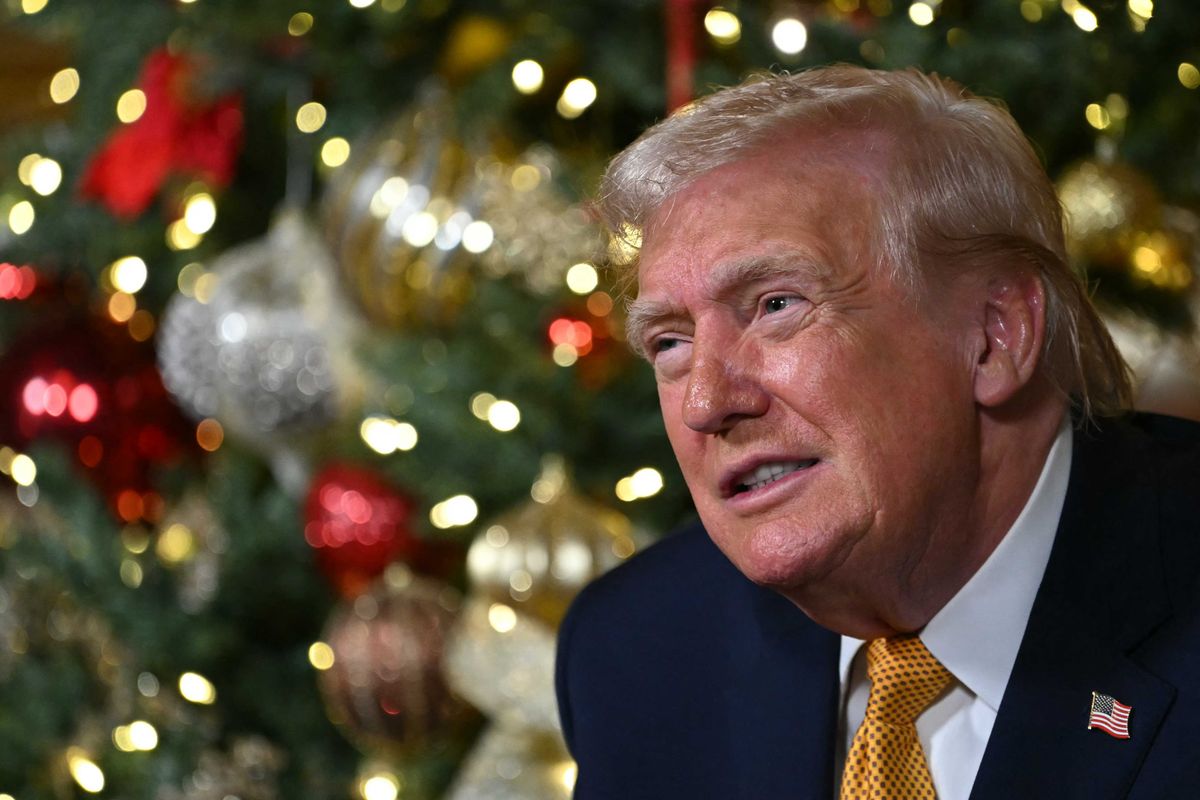Louis Dor
Nov 03, 2016
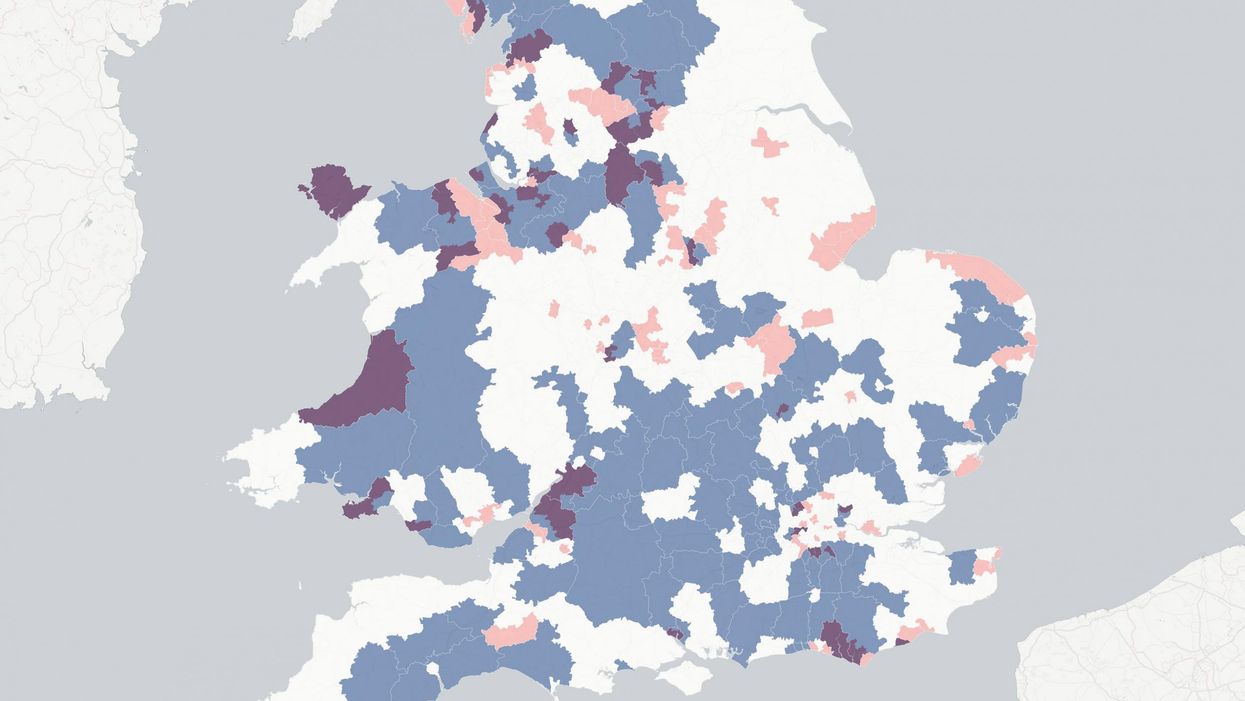
Picture:
Carto/indy100
It appears MPs will have to vote to trigger article 50.
The High Court has ruled that Theresa May cannot bypass Parliament to trigger Britain's exit from the European Union.
It is expected the Government will appeal the ruling and take the case to the Supreme Court.
MPs will have a big decision to make, so it's a great time to see where the General Election and EU referendum were narrowest, and see where they overlap.
The MPs highlighted below were narrowly elected and will have to be careful not to upset their constituents and risk losing their seats at the next general election by making an unpopular choice on Brexit.
View the interactive map below:
A great number of MPs campaigned for sides that their constituents voted against, you only have compare the maps in these BBC articles to see a large number are now representing constituents whose vote they campaigned against.
For many who saw their constituents vote decisively for an opposite campaign, it may be an easy decision to simply represent their constituents wishes and abandon their personal position.
So which MPs are in a particularly tight position?
Here's a breakdown of MP's who narrowly won their seats in the general election, who have a constituency split on EU membership:
1. Byron Davies, Gower
The Conservative MP for Gower won his seat by the thinnest of margins - 0.06 per cent of the vote (69.17 per cent turnout).
His region voted 51.51 per cent for Leave, and 48.49 per cent for Remain (69.6 per cent turnout).
Davies stated his intention to campaign for Remain in the run-up to the referendum and spoke in parliament in October about the difference EU funding has made in his constituency:
All in all, EU structural funds and the common agricultural policy deliver well over half a billion pounds a year, in addition to money from other key funding areas such as higher education, culture and urban development. Working with Government, charities and businesses, the investment has made an enormous difference.
2. Chris Matheson, City of Chester
The Labour MP declared his intention to vote Remain in the run up to the referendum, bucking the trend of the area for his City of Chester constituents, who voted Leave by 50.68 per cent to 49.32:
I am clear that Chester and the UK need to stay in the EU. For all the current problems, leaving would be catastrophic.
He implored constituents to join the Chester IN campaign.
He won his seat in the General Election by a majority of only 0.18 per cent with a turnout six per cent lower than for his area in the European Union referendum.
3. Albert Owen, Ynys Mon
The Labour MP for Ynys Môn won his seat with a narrow majority of 0.66 per cent (69.94 per cent turnout).
The constituency voted to leave the EU by 50.94 per cent to 49.06 (73.82 per cent turnout), while Owen said he would campaign for Remain.
4. James Davies, Vale of Clwyd
The Welsh Conservative leader and MP for Vale of Clwyd was elected by a 0.67 per cent majority with a turnout of 62.4 per cent.
The Conservative MP's constituents were far more engaged with the EU referendum, voting Leave by 54 to 46 per cent with a turnout of 69.14 per cent.
Davies campaigned for the UK to leave the European Union and in a statement following the result he wrote:
The EU referendum presented us with a binary choice which was one of the most difficult decisions that many of us have ever faced. But at the local referendum count in Denbigh last night it was evident that, as expected, voters in this area had chosen quite decisively to leave the EU.
Even so, I am acutely aware that some 40 per cent locally (North Denbighshire) will not currently be convinced that the decision was the right one. I am clear that the result of the referendum can be good for all of us but ensuring that is the case will require strong and sensible leadership at the top and the involvement of those from and across all political parties. We need an approach which is not “little Englander” but which seeks to replace the UK’s current position within an inward-looking European Union with an outward-looking position embracing not only Europe but the whole of the rest of the world.
5. Andrea Jenkyns, Morley and Outwood
The Conservative MP for Morley and Outwood won her seat by a 0.87 per cent majority with a turnout of 63.64 per cent, while the area for her constituency voted to Remain in the EU, by 50.31 per cent to 49.69 (71.39 per cent turnout).
Jenkyns, meanwhile, campaigned to leave the European Union. Her constituents may well be keeping a close eye on which way she votes.
6. David Nuttall, Bury North
The Conservative MP campaigned to Leave the European Union, in line with the wishes of his constituents, it turns out.
54.12 per cent of them voted to leave (71.43 per cent turnout).
Mr Nuttall was voted in as MP for Bury North with a hairline majority of 0.84 per cent (66.93 per cent turnout).
7. David Mundell, Dumfriesshire and Clydesdale
The Secretary of State for Scotland campaigned for Remain, in line with his constituency's voting, 53.06 per cent for Remain with a 71.41 per cent turnout.
However, 46.94 per cent of them voted to Leave, one of the closest races in Scotland, which overall voted Remain to the tune of 62 per cent.
Mundell was voted in with a majority of 1.53 per cent in the 2015 General Election, and an extraordinarily high turnout of 76.13 per cent.
8. Graham Evans, Weaver Vale
The Conservative MP for Weaver Vale campaigned for Remain, but the referendum area for his constituency of Weaver Vale voted Leave (50.68 per cent, 74.51 per cent turnout).
Turnout was far higher in the EU referendum than for the General Election (68.51) where he was voted in with a majority of 1.72 per cent.
9. John Woodcock, Barrow and Furness
The Labour MP for Barrow and Furness campaigned for Remain, and his constituency's area voted 52.86 in favour of this result (79.78 per cent turnout).
He won his seat in the General election with only a 1.72 per cent majority (63.32 per cent).
10. Maria Caulfield, Lewes
Conservative MP Maria Caulfield is an interesting case as her constituency of Lewes, who voted her in with a 2.14 per cent majority (72.74 per cent turnout) bridges two EU referendum voting wards.
Lewes voted Remain, 52.07 per cent to 47.93 (77.89 per cent turnout), while Wealden voted Leave, 54.5 per cent to 45.5 (80.03 per cent turnout).
Maria Caulfield campaigned for Leave, while the larger geographic half of her constituency voted for Remain.
Awkward.
There are also a number of others in relatively split constituencies, as the below chart shows (although constituency boundaries and the EU referendum voting wards do not exactly overlap):
What a time to be an MP.
More: Brexit might not happen and Nigel Farage is basically calling for a revolution
Top 100
The Conversation (0)
